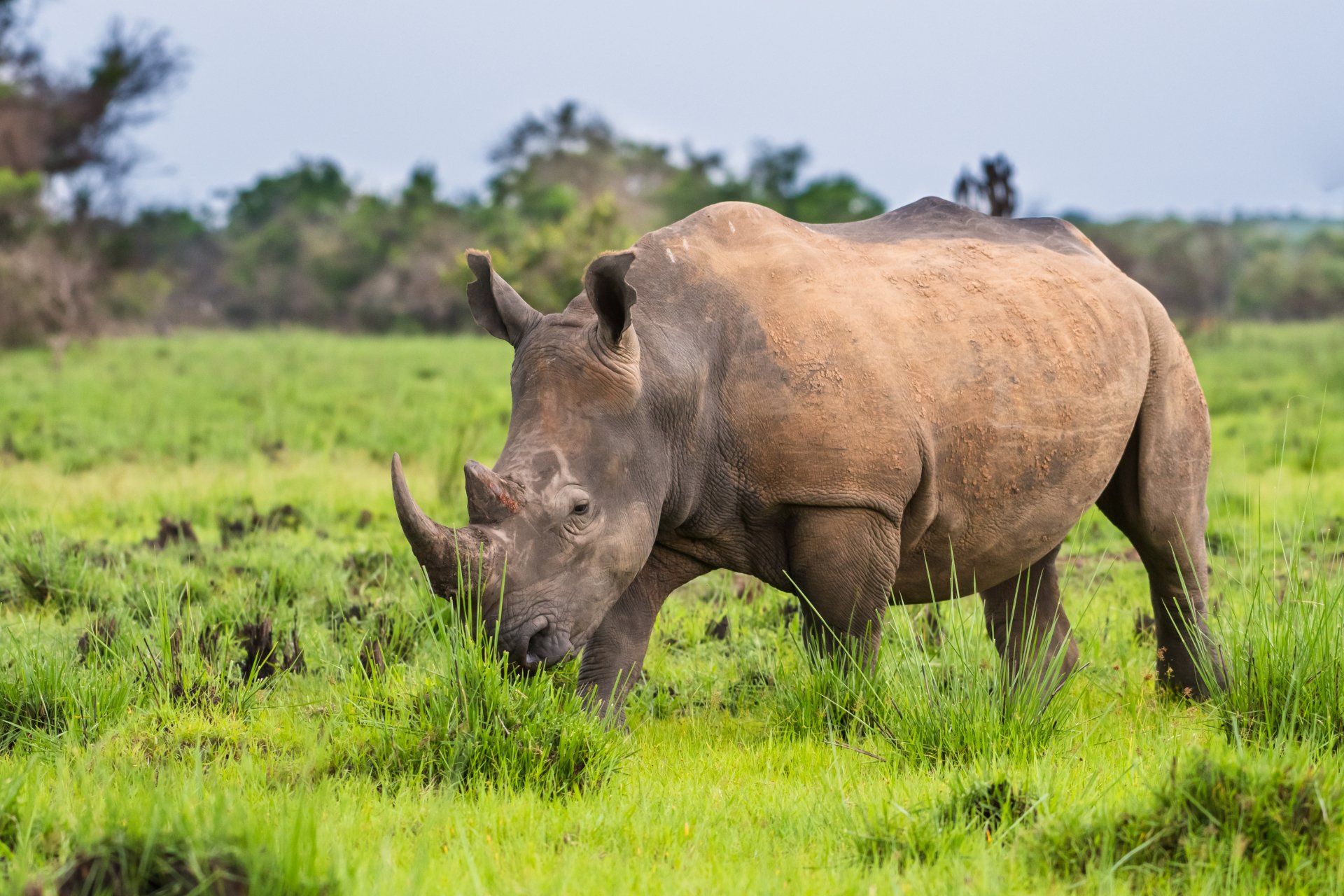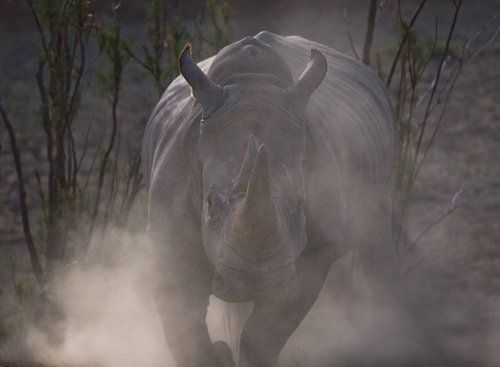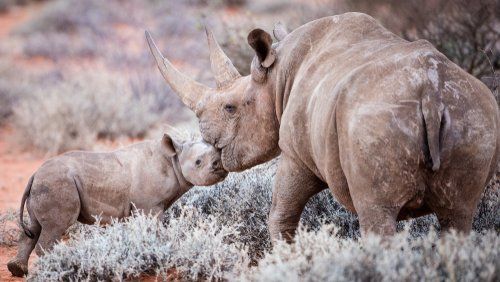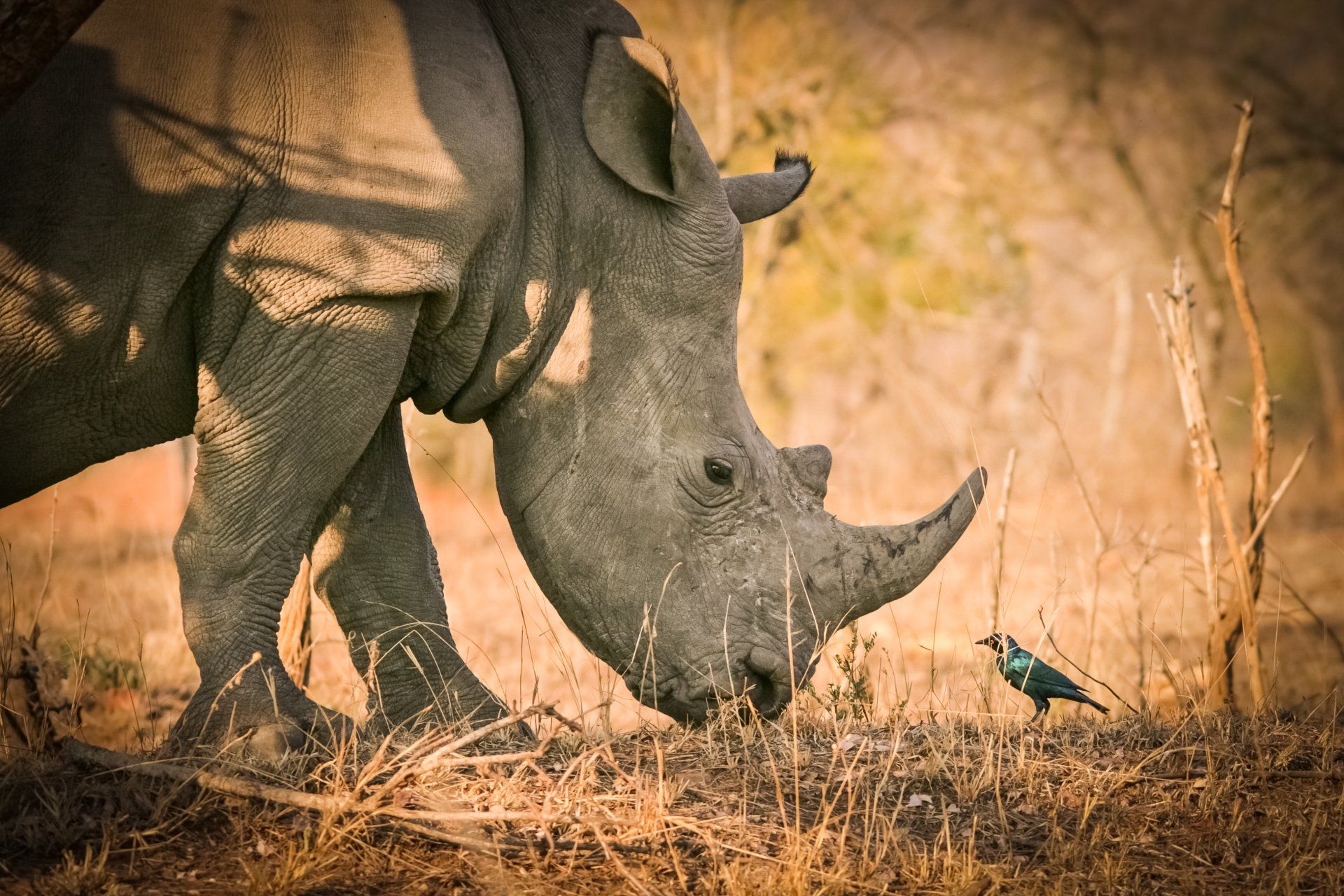Island of CommitmentPlan Through Commitment

Co
/KOH/ Commitment: The Heart of Successful Endeavors
- I plan through commitment.
- Become committed and accountable through clear, well-designed plans.
- Never commit to something when I know I don’t mean to follow through.
- Be bold enough to be assertive and say, “No.”
- Align the promises I make with my actions and move forward in the power of passion and accountability.
- Commitment in its purest form drives us to achieve, regardless of circumstances.
- True commitment maintains motivation.
- True commitment inspires others.
Recommended Path:
2
- Listen to Co the Rhino.
- Record your thoughts and impressions.
- Read through the rhino facts.
- After reading the animal facts and listening to the song, how could you liken the rhino to commitment?
- Find examples of committed individuals in your core books and personal life.
- What were they committed to?
- What evidence in their lives show they were committed?
- How did they utilize their time?
- What personal sacrifices did they have to make to follow through with their commitment?
- How did their accomplishment affect themselves and those around them, including yourself?
4
1. Female rhinos are some of the most dedicated animal mothers. They care for their calves for up to four years, a long time in the animal world.
2. Rhinos have 5 cm (2 in) of thick protective skin.
3. The rhino has a symbiotic relationship with tickbirds. In Swahili, the tickbird is named “askari wa kifaru,” meaning “the rhino’s guard.” The bird eats the ticks it finds on the rhino and noisily warns of danger.
4. A 3500 kg (7700 lb) rhino can charge at an amazing speed of 50 km/h (30 mph)! Even at high speeds, they are able to change directions.
5. Rhinos are aggressive and protective; this is partially due to their poor eyesight. To compensate for their limited vision, they have incredible olfactory (smell) senses; in fact, the largest part of the rhino’s brain is dedicated to the olfactory signals. When they hear or smell danger, they charge. Rhinos do not easily back down once they have committed to charging.
6. The survival of rhinos is important to the ecosystem. They are herbivores and keep grasses short; thus, providing smaller animals a path to necessary food.
7. What else can you learn about the rhino?

Slide title
What are you committed to? How does the rhino represent commitment?
Button
Slide title
Thick protective skin covers the rhino. What harm do you think rhinos experience when they are charging? What obstacles and possible harm can come to individuals when they charge toward their goals? What will protect you as you charge toward those things you are committed to?
Button
Slide title
Rhinos are committed to raising and protecting their young. They will often charge at anything they deem as a threat. How do you show you are committed to your close relationships and family?
Button
Slide title
The tickbird eats ticks off the rhino, and warns it of danger. What are you committed to? Who is helping you to keep these commitments? How are they helping you?
Button


